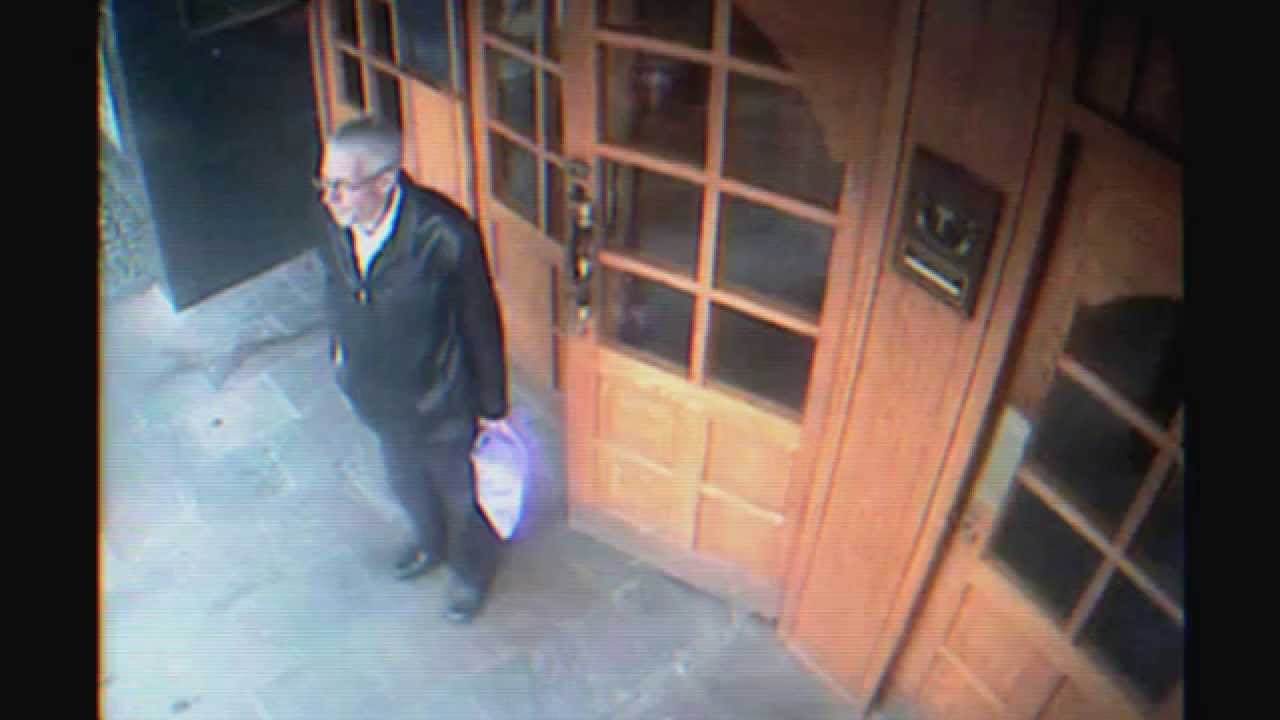The Mystery of Peter Bergmann

Every so often we come across stories that leave us with a certain eery feeling. People disappearing without a trace, or someone behaving strangely before winding up dead. It’s not the facts that we are told that make these kinds of stories eery but the facts that are missing – a mysterious phone call the victim made before never being seen again, a unidentified man spotted arguing with the deceased during their final days. In their incompleteness these stories force us to fill in the blanks ourselves. But there is never a satisfying resolution. They are eery because we just don’t know.
Such stories usually come out of places where we might expect these things to happen: Middle America, Russia, East Asia. So when a solitary stranger strolled around Sligo in June 2009 for three days nobody thought anything of it. That was until his body washed up on a local beach.
The stranger arrived in Sligo off a bus from Derry. From the very beginning he didn’t interact much with the locals. When he checked into the Sligo City Hotel he used the name “Peter Bergmann”. His accent was slightly Germanic, and he gave an Austrian address. However, no one with this name and address existed. When police begun to investigate the dead man all they found was an empty car park.
Not only did the man travel under a false name, when his body washed up he was carrying no identity cards and the labels on his clothes had been removed. Whoever he was, he had clearly gone to great lengths to ensure that no one would find out who he was – he had turned himself into a ghost.
“All that we are really left with is his visit to Sligo. We can’t put him anywhere else in the world,” an investigator said.
The only footprints the man known briefly as Peter Bergmann left behind were the haunting recordings from some CCTV footage as he made with way around the town. Investigators believe that his rare appearance on camera indicated that he had planned his route in great detail so as to be seen as little as possible.
One of the theories why he didn’t want to be seen on camera came from the observances of the hotel staff who saw him leave every day and come back every evening. They said that when he left each morning he always carried a purple plastic bag filled with unidentified items. However, when he returned in the evenings he was empty handed. He was most likely disposing of something along his walk. But since he avoided CCTV cameras there was no way of retrieving the items.
“We [did] extensive searches throughout Sligo, be it rubbish bins, public areas, gardens of private properties, car parks; we even searched the local dump in the hope that we might have been able to find some of his property that would help us to identify who he actually was”, an investigator said.
On his second day in Sligo the man bought eight 82-cent stamps and airmail stickers from the post office. No one every found out where his letters were sent to, but it is likely that he was corresponding with someone, somewhere – perhaps knowing that they would be the last letters he ever wrote.
On the day before Bergmann’s body was found he asked a taxi driver to take him to the quietest beach in Sligo. The driver took him to Rosses Point but knew there was something strange of this particular fare. “He got out and had a look at the area and seemed contented. And got back into the taxi and returned back into Sligo itself. He didn’t really communicate with people. He didn’t mix with people.”
What the driver didn’t know is that Bergmann was scouting out a location to die in. The next day he checked out of the hotel and bought a one-way ticket to Rosses Point. He left the hotel with three bags but when he arrived at the bus station he only had two.
The appearance of Bergmann on the beach that final morning left an impression on the few people who saw him. “He looked almost out of place and out of time,” one Sligo woman recalled.
At dawn on Tueday, 16th June, 2009, a man and his son were walking along the beach when they came across Bergmann’s body. At first they thought it was a mannequin, but as they got closer they realised that it was man. “I said to Brian will you join me in saying the Lord’s Prayer, which he did, and we said the little prayer and brought a little bit of serenity or calmness to the situation,” the father said, before they called the Gardai.
A medical examination of the body found that the man had extensive cancer of the prostrate and bone tumors, as well as evidence of previous heart attacks. The toxicology report further revealed that he hadn’t been taking any painkillers.
What is clear is that Bergmann had come to Sligo to die. What we may never know is why he choose to come to a town in Ireland to do so, or why he went to such lengths to go unidentified, or what he might have been disposing of around Sligo town. As one investigator said: “The truth is we may never know what actually happened in those last few minutes and what he was hoping to achieve. But we can say he was there.”
Investigators believe that Bergmann thought his body would wash out to sea. Instead it washed back onto the Sligo shore, along with the mystery of Peter Bergmann.
The story is depicted in a short documentary called The Last Days of Peter Bergmann which can be watched here.


